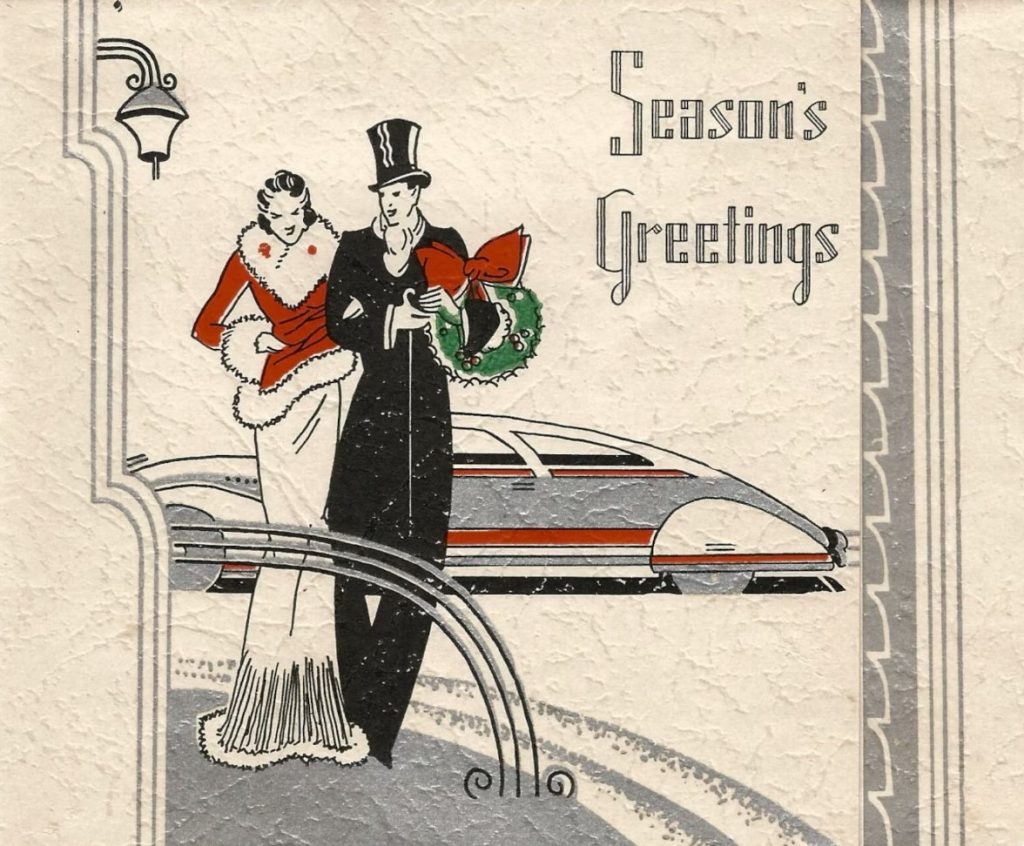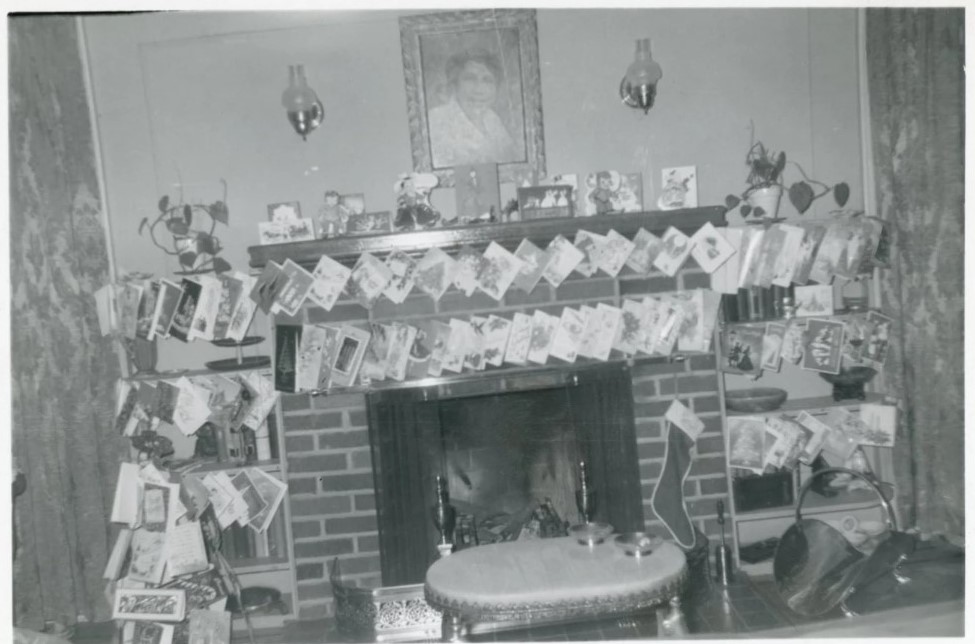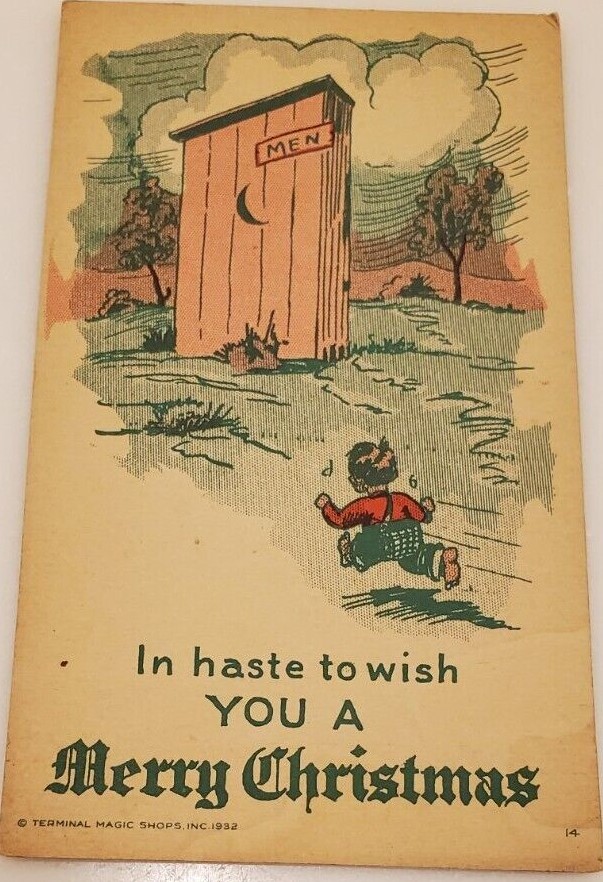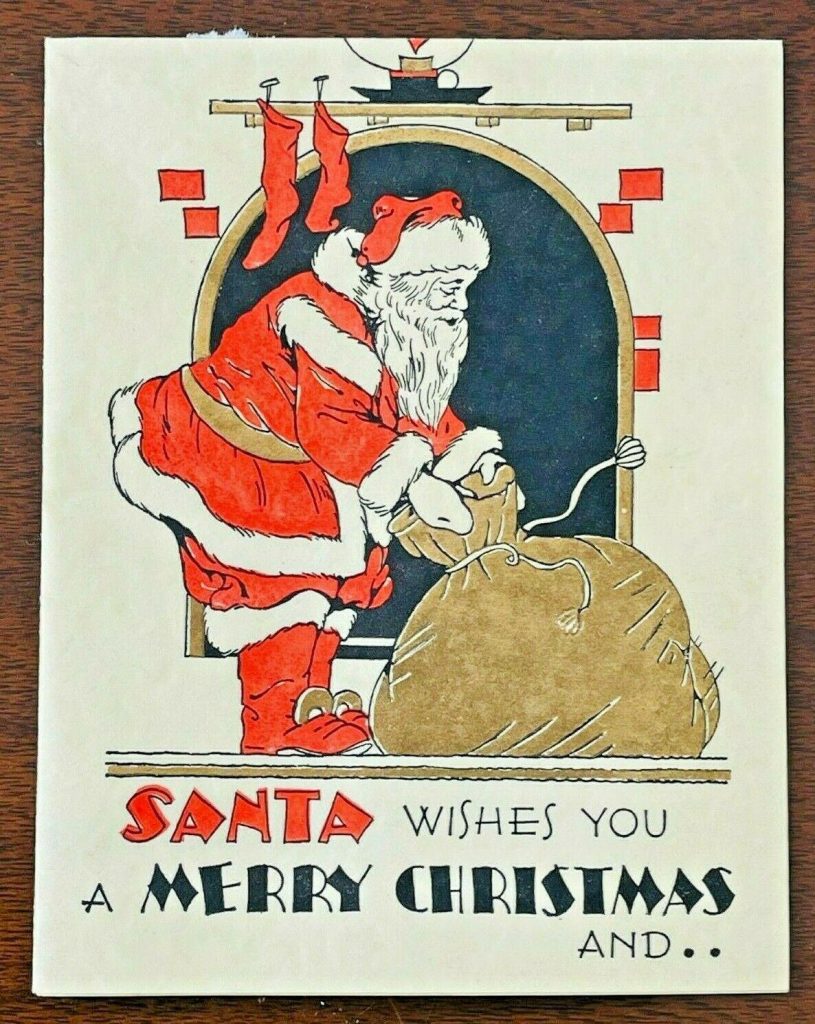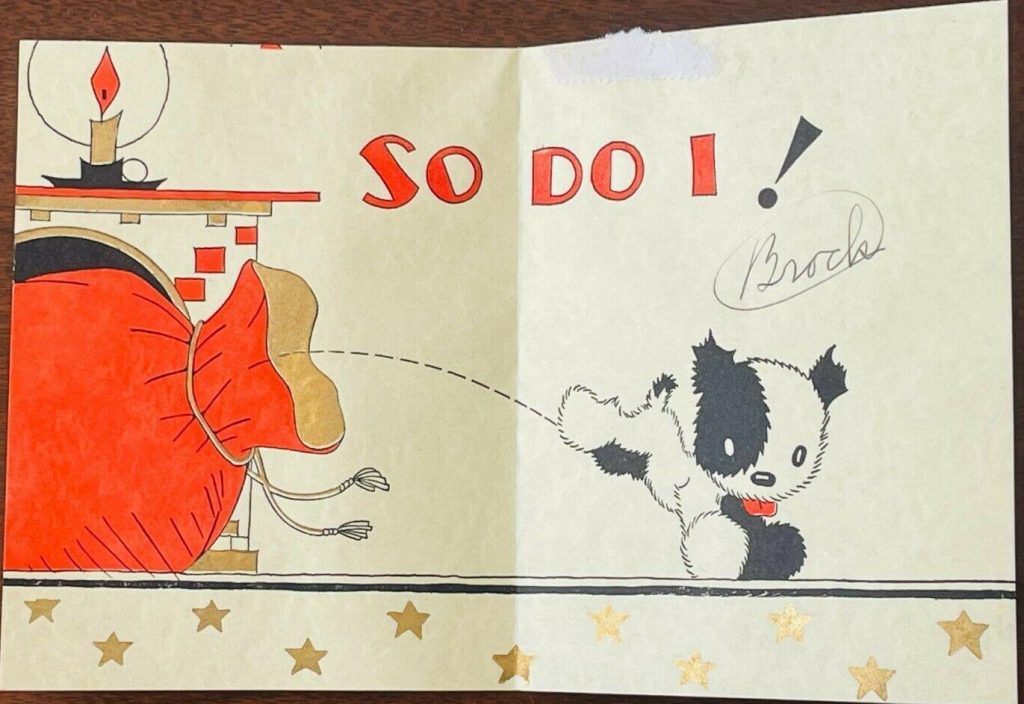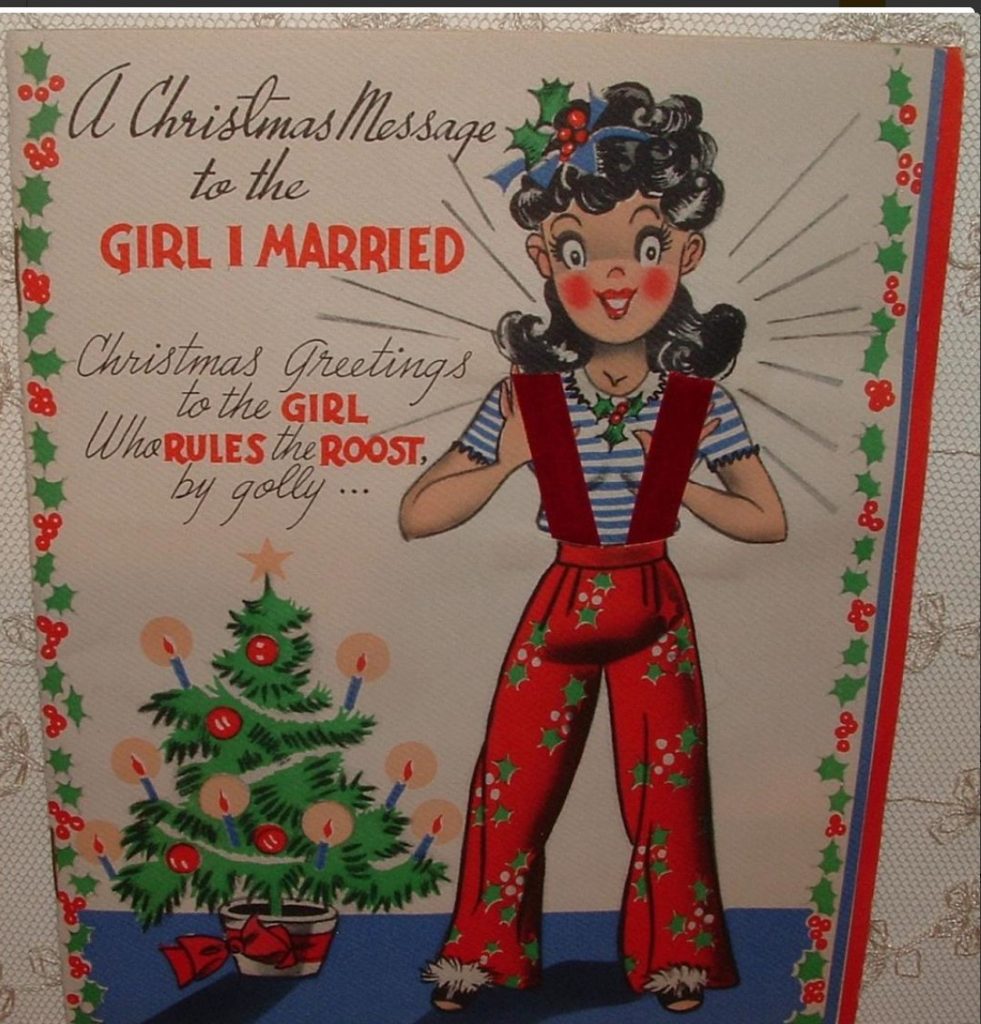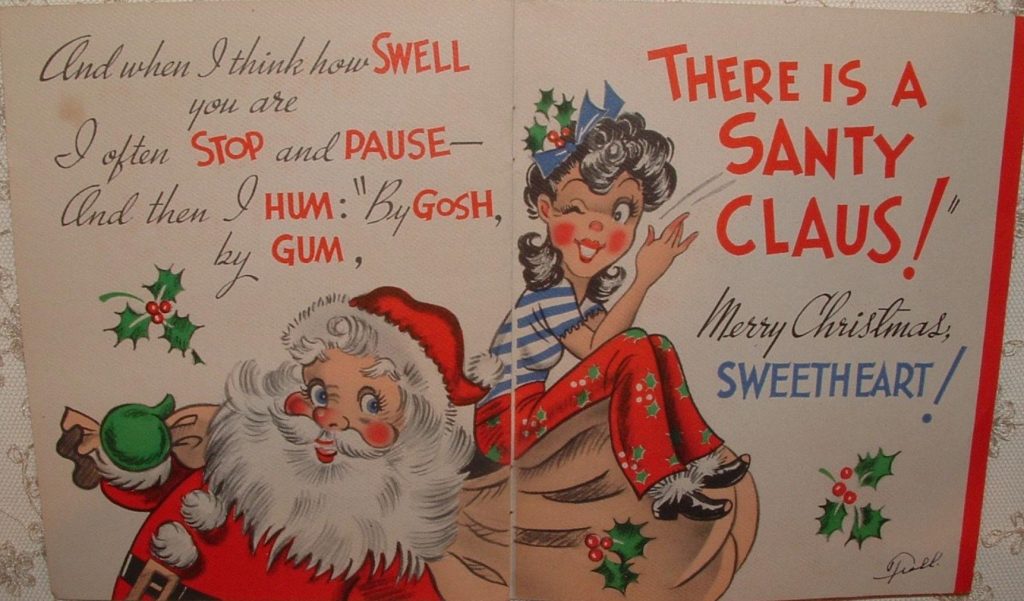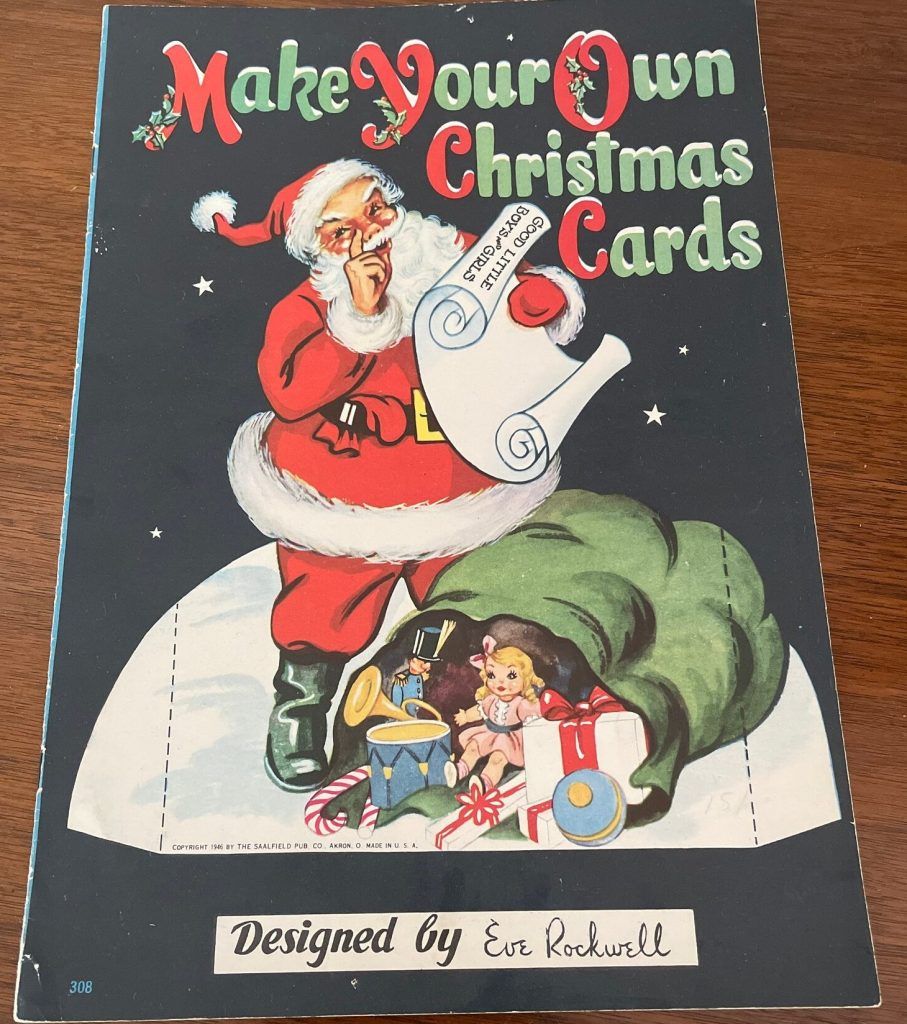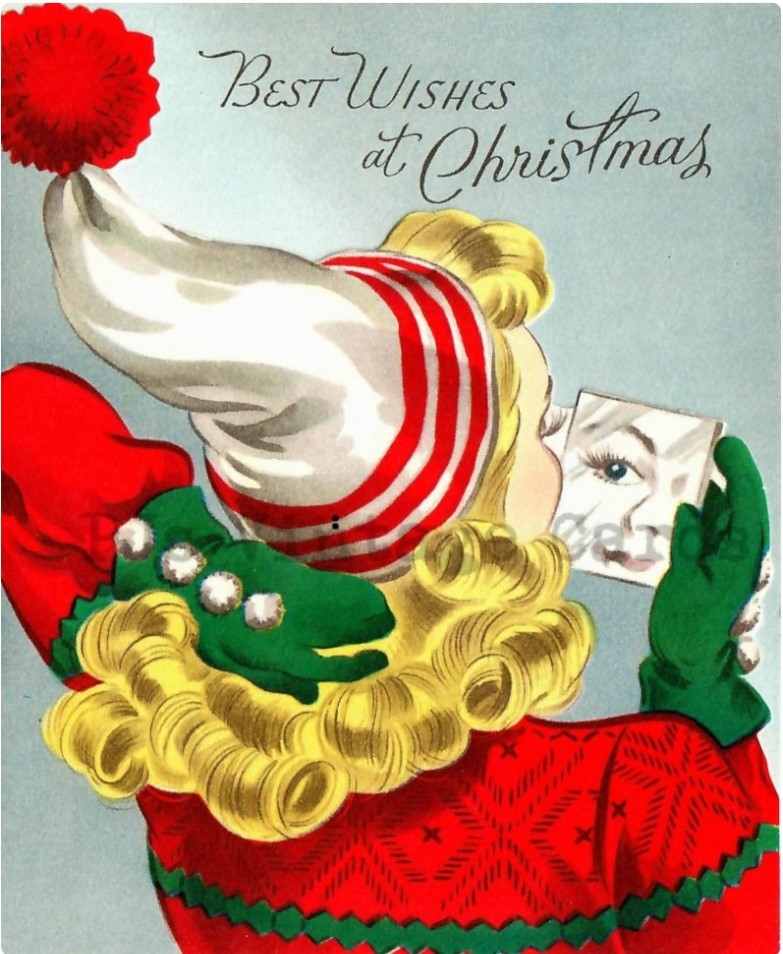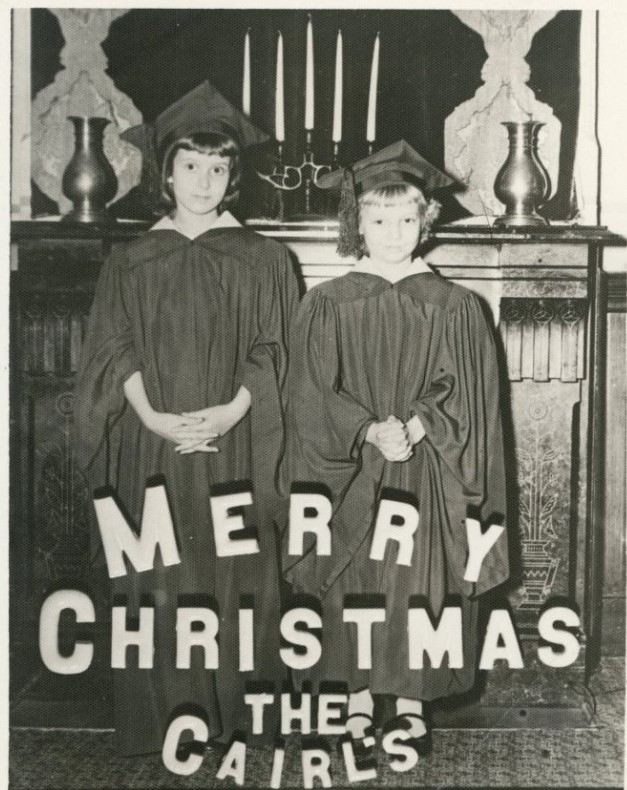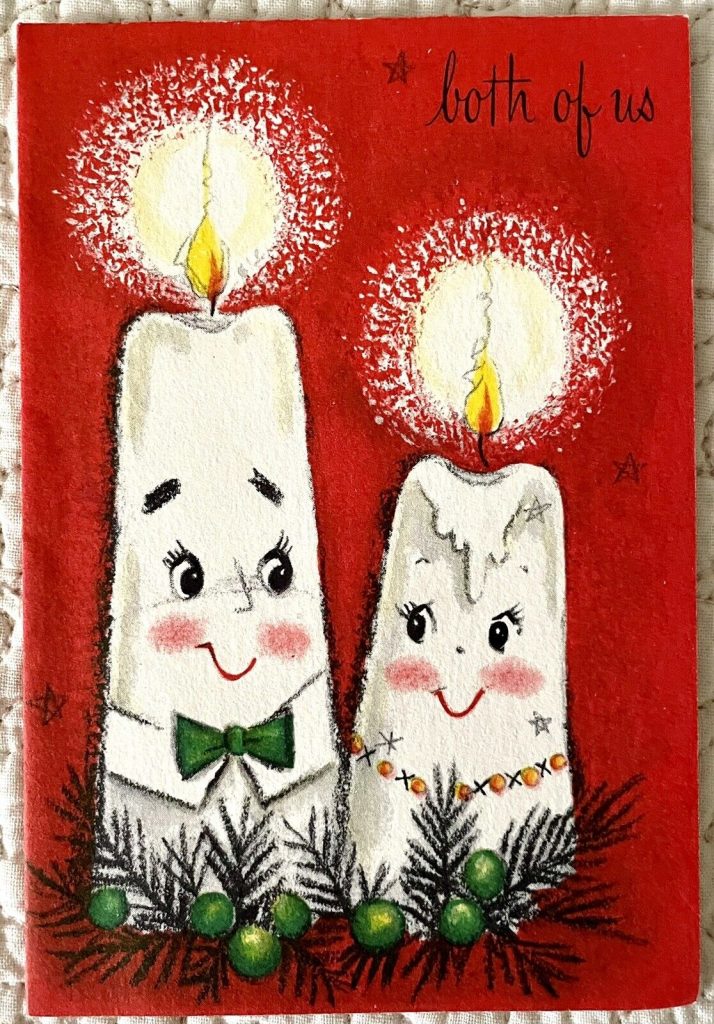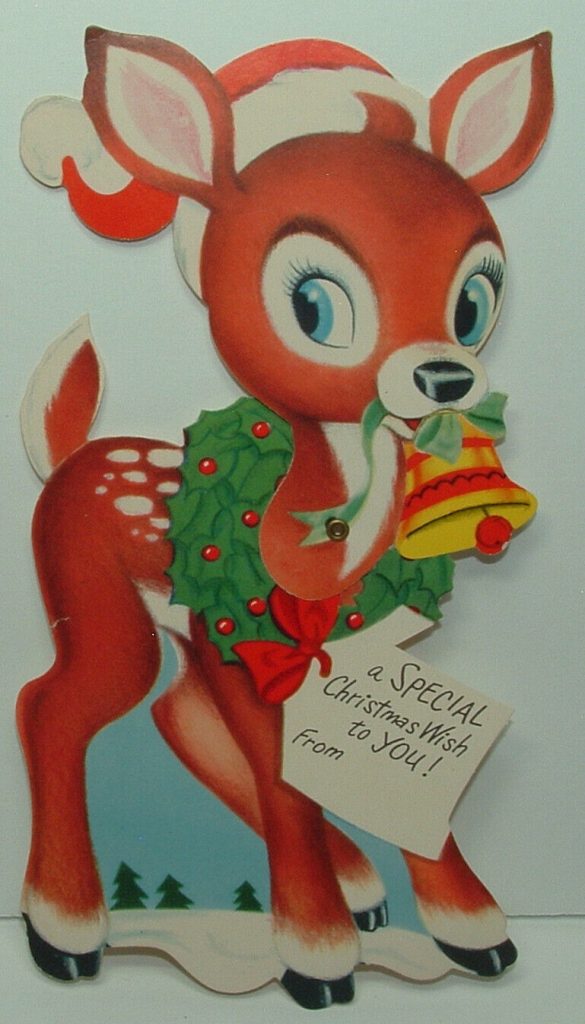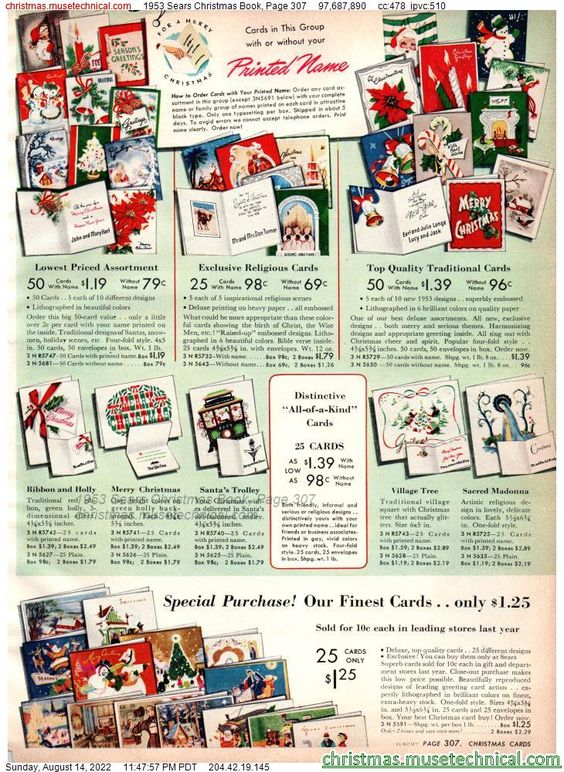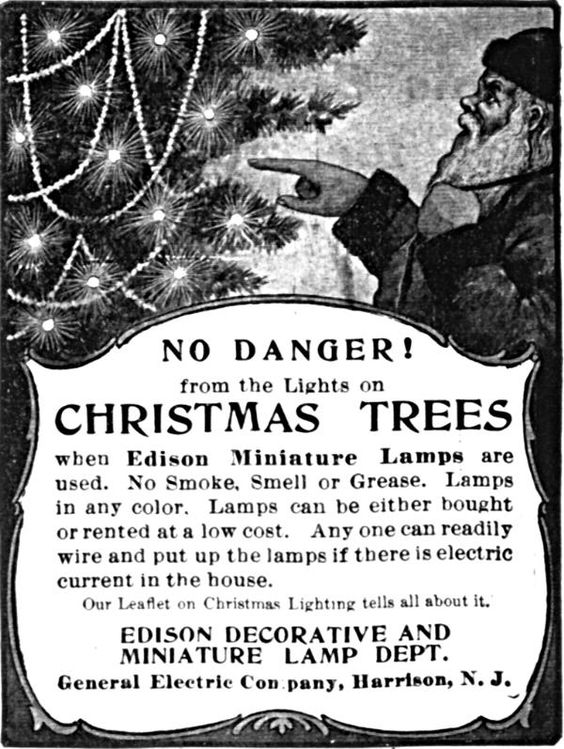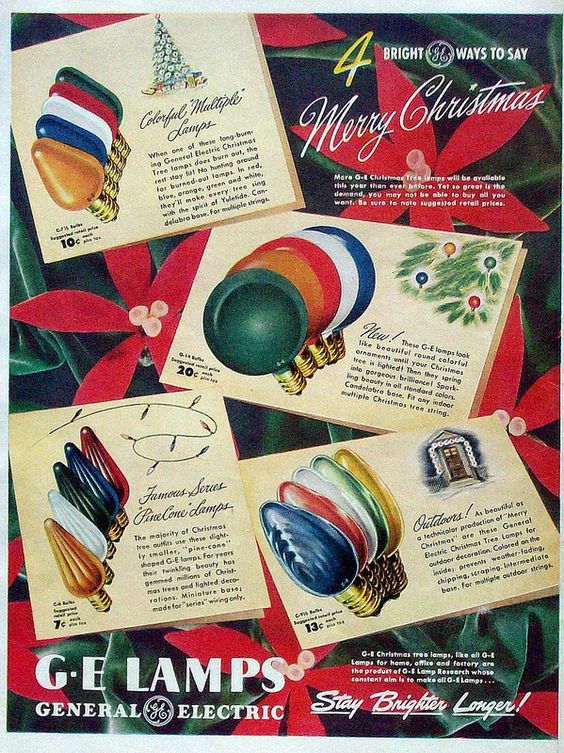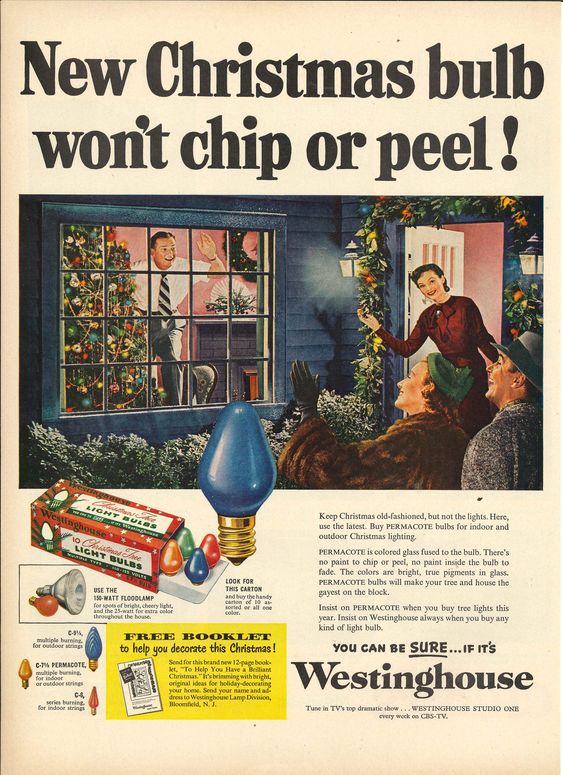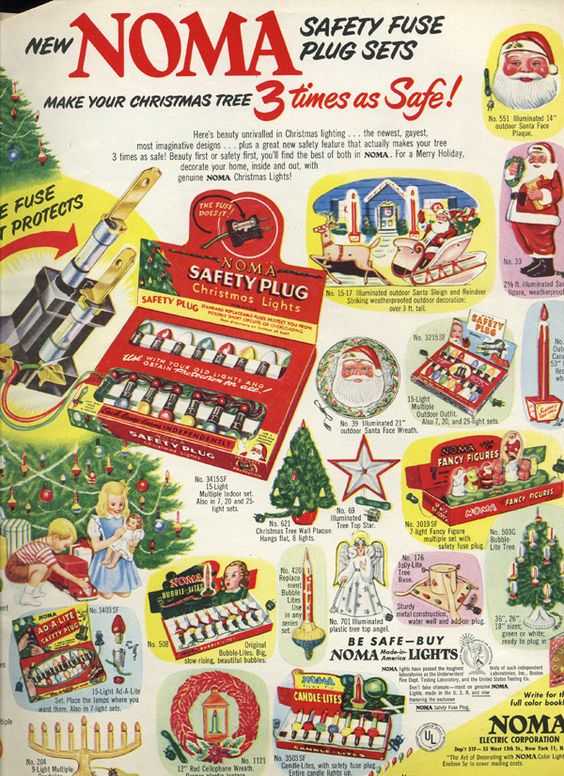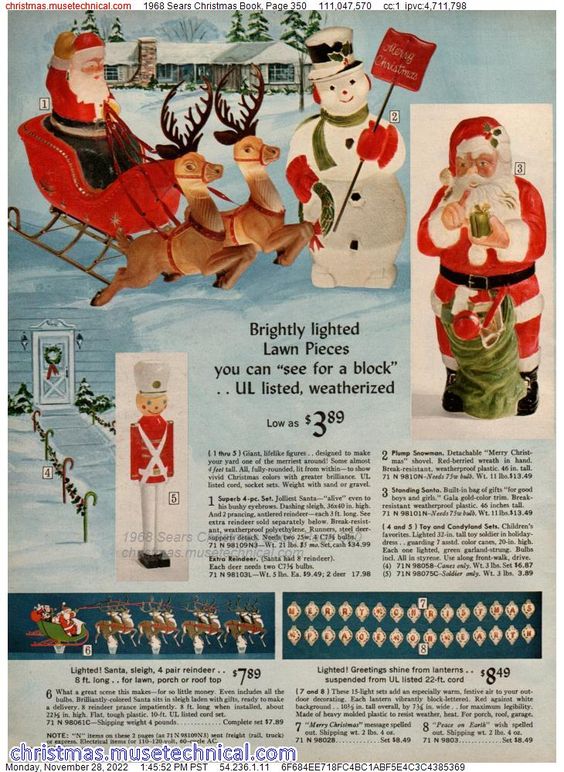Christmas is almost here and I’m very excited! However the one thing I’m super behind on, is my Christmas cards. Every year it is a struggle. But you know what was not a struggle? Putting together this fun blog post for all of you.
The following vintage festive greetings cards from the 1930s-1960s are just so wonderful! Great illustrations and fun greetings.
Let’s take a look!
Source: Etsy- BigGDesigns (Digital download of a vintage Christmas card)
VINTAGE CHRISTMAS SHOPPING: I have created a collection on Etsy for ‘Vintage Christmas’ items. Great for decor & gifting.
Disclosure: Some of the links on my blog from Etsy , eBay are Affiliate Links, meaning, at no additional cost to you, I will earn a commission if you click through and make a purchase.
NOTE: If you click on any of the items featured below and they are not available, don’t fret! Hit the search button and see what else is on the websites. There are 1000’s and 1000’s of items being listed daily.
Vintage Christmas Cards 1930s-1960s
Brief History of the Christmas Card
The first commercially available card was commissioned by Sir Henry Cole and designed by John Callcott Horsley in London 1843.[3][4][5] The central picture showed three generations of a family raising a toast to the card’s recipient: on either side were scenes of charity, with food and clothing being given to the poor.[6] Allegedly the image of the family drinking wine together proved controversial, but the idea was shrewd: Cole had helped introduce the Penny Post three years earlier. Two batches totaling 2,050 cards were printed and sold that year for a shilling each (Source).
Further Reading: The History of the Christmas Card by Smithsonian Magazine

Source: Wikipedia
Season’s Greetings! Christmas cards displayed on a fireplace mantel -1950s vintage photo.
Source: Etsy-LightSilverAndPaper
What a fun 1930s Christmas Card! “In haste to wish you a Merry Christmas”. Ha!
Source: eBay
The 1930’s saw the great depression hit in the United States and so card is a bit different. It features a couple expressing they have no funds, but still wanting to offer up holiday greetings.
Now while this card has a serious subject, the illustration is still great.
Source: Slate.com
1930s Christmas card featuring Santa and his toy bag, ready to give out his gifts but there is a suprise…..
A doggie is in the bag!
Source: WorthPoint.com
“A Christmas message to the girl I married. Christmas greetings to the girl who rules the roost, by golly….”
A 1940’s Christmas greeting card-multi-paged.
Super fun vintage hairstyle inspiration with kitschmas accessories.
“Who trims the tree for lucky me and decks the joint with holly!”
“And when I think how swell you are, I often stop and pause – and then I hum: “By Gosh, by Gum, THERE IS A SANTY CLAUS!” Merry Christmas, Sweetheart!”
Source: WorthPoint.com
“Make Your Own Christmas Cards” Fabulous vintage DIY Christmas card book from the 1940’s. Book contains uncut Christmas cards, similar in size to Valentine Cards. The graphics were designed by Eve Rockwell. Eve Rockwell was a renowned artist, famous for greeting card and figurine designs. She is also the niece of Norman Rockwell (Source).
Source: Etsy-ThirstyOwlVintage
1940s Christmas card featuring a pretty blonde woman admiring in her image in a mirror while dressed all up for festive winter activities.
This is a digital download of a vintage card, that you can purchase at the link above or clicking the image below.
Source: Etsy –PJsVintageCardsEtc
An adorable 1940s festive greeting card featuring 4 teenagers singing Christmas Carols.
I LOVE the girl on the left’s jackets! I’m sure it was a fun teen trend during that time (runs off to look into this….).
1940s card of a cat and dog getting into trouble in the Christmas dresser. Opps!
Source: Pinterest
Wonderful vintage 1950s Christmas card with record. The music plays Let’s have an old fashion Christmas. Made by Melody Cards in England Circa 1950’s.
Source: Etsy-CherryPickerFinds
Merry Christmas From the Cairl’s! 1950s photo of sisters wearing graduation caps and gowns for the family Christmas card.
Further Reading: Vintage Photo Christmas Cards -Festive Greetings From The Family!
Source: Etsy-LightSilverAndPaper
Merry Christmas from a fancy black poodle prancing under the Christmas tree in the 1950s.
Source: Worthpoint.com
Two candles come together to share Christmas joy in this 1950s / 1960s

Source: eBay
Cute & Kitschy die-cut reindeer Christmas card from the 1950s.
Source: eBay
1960s vintage Christmas card featuring an illustration of a young woman hanging garland while on the phone.
Source: Pinterest
Thank you for dropping by! Please share in the comments section what your favourite card was, or anything you wish to chat about regarding this topic. I love hearing from my readers!
Further Reading: Vintage Christmas 1920s-1960s (Archived Blog Posts)
Liz

